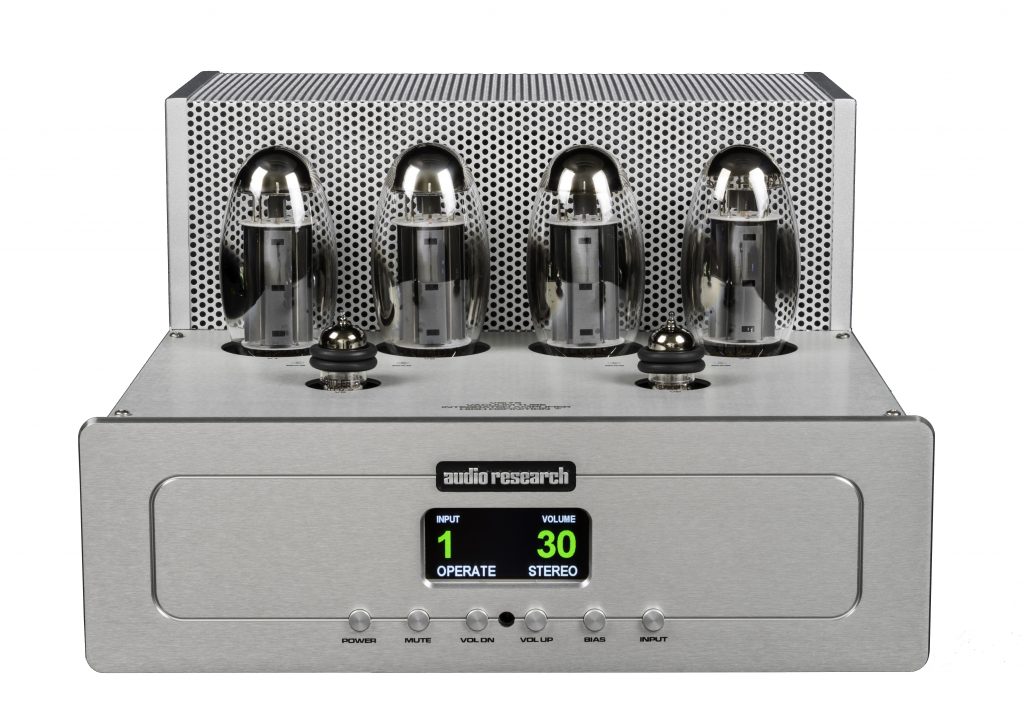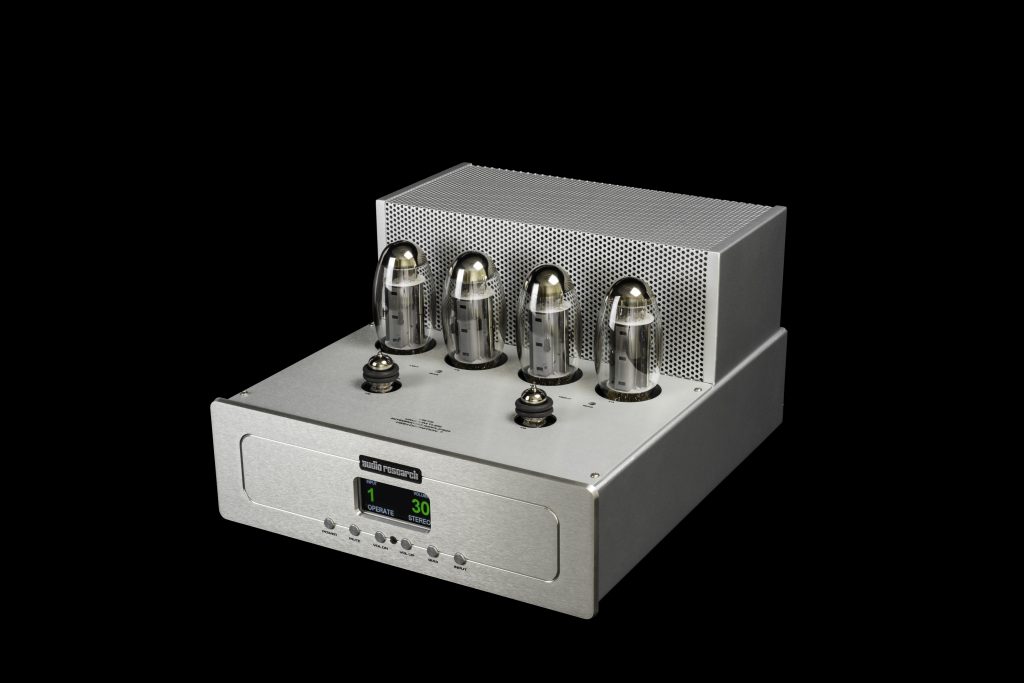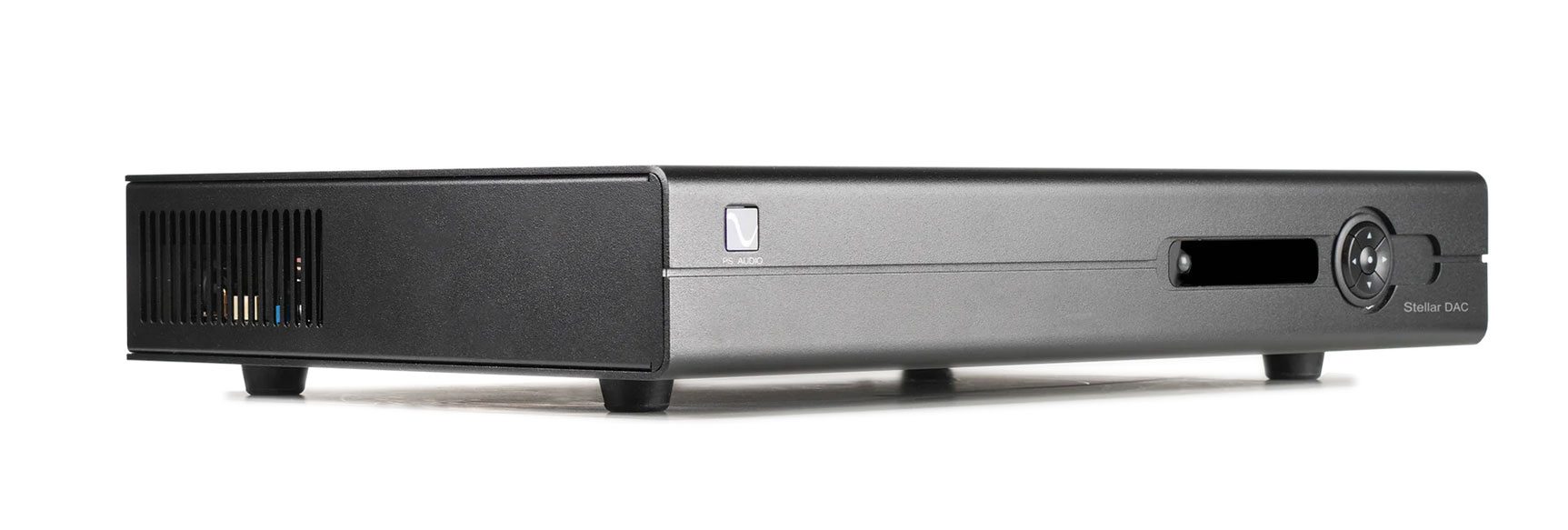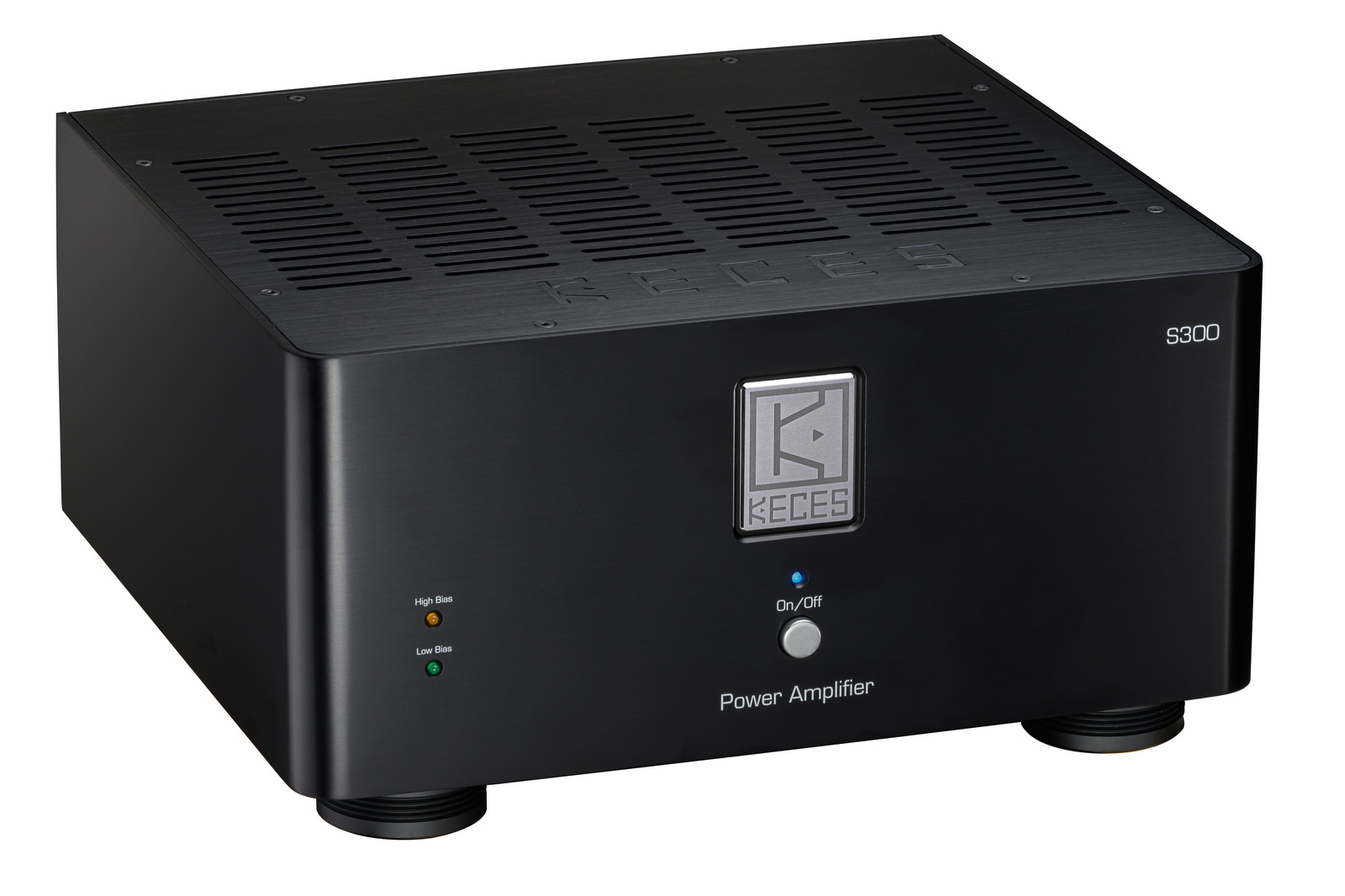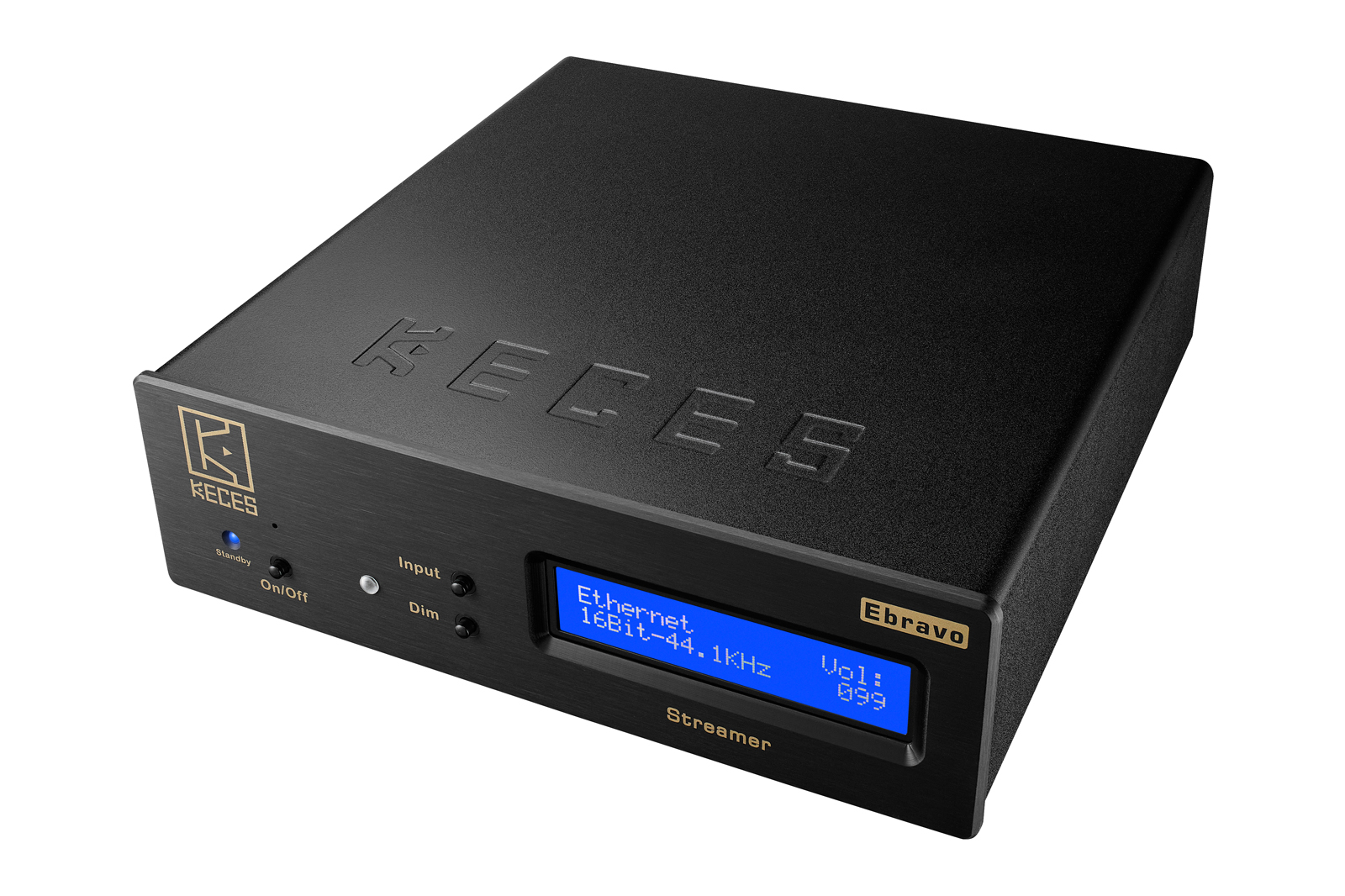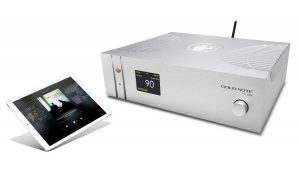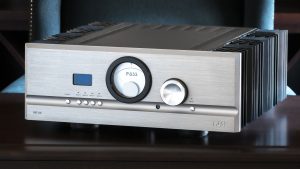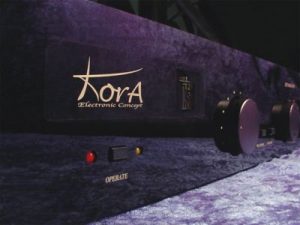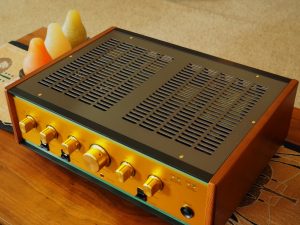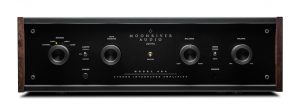It was I who killed punk rock in the Listening Room with the Record Player. Well, kill might be too strong a word, defanged it might be closer to the mark. But at least I learned something about audio, so it wasn't a total loss. The moment square poseurs like me played Black Flag's Damaged instead of Costello's My Aim is True, it was only a matter of time before the punk rock movement would be suffocated by suburban mosh pit meatheads, looking to punch anybody within reach. Listening to records with my friends during a sweltering summer in the early 80's, I knew I was no punk rocker. Hell, I wasn't even the bluesman I pretended to be. Still, the sound of X's new album, More Fun in the New World was too arresting to resist, even if I was just an interloper in the cool kid's party. The opening chords of X's iconic lament on America in decline, "I Must Not Think Bad Thoughts" filled the listening space like nothing I'd ever heard. Certainly, this was no audiophile record; in fact, it wasn't even good by rock n' roll standards. But the sound! It was so much better hearing this on my friend's system, way better than on my crappy Sanyo system and giant Quadraflex speakers (Quadraflex... oh those were the days - DClark.). I couldn't believe my friend's diminutive M&K speakers could project the music in such expansive detail. As I raved about what I was hearing (and totally unaware of the the wide expanse of high end audio), another friend with a recording background casually observed, "You know, it's not just the speakers that make everything sound so good, it's those amps."
Amps? I'd never really thought of them, other than following the directions my friend posted on a 5 x 7 card so that Neanderthals like me wouldn't blow everything up. Listening to X's punk rock gem provided an audio epiphany that forever changed my appreciation for fine amplification. So what if playing the album would fossilize Black Flag to forever seethe in between Bad Company and Bow Wow Wow in the classic rock canon? I had discovered the lodestar for my audio exploration! In the process, I had also been treated to my first experience with the maker of that fine preamp and amplifier, Audio Research.
Fast forward, thirty or so years, and I find myself in the enviable situation of writing about an Audio Research staple, the VSi75 integrated amplifier. I always like to learn something about gear before receiving it. Fortunately, Audio Research's website is complete and professionally written. Spec highlights include: 75 watts per channel continuous from 20Hz to 20kHz (hence, the "75" in VSi75), 8 ohms and 4 ohms output taps, and 5 single-ended RCA connector inputs. Hum and noise are rated at less than 1.0 mV RMS -88 dB below rated output (HF weighted, Vol down). This last bit is a mouthful and no mistake, but the upshot is, my review sample was absolutely silent when powered up and operating without signal. I heard no extraneous noise at all when playing music at any volume level. So much for the stereotype of tube amp hiss, chortle, and squawk!
Audio Research is proud of the fact that VSi75's new power transformer was designed around the KT150 power tube. Long an advocate for higher rated power tubes, Audio Research feels that the KT150s deliver increased detail, soundstage, highs, and weight; all with no appreciable loss of tube life and reliability. The output transformers and coupling caps are the same as those used in Audio Research's more expensive Reference 75 amplifier. Audio Research asserts that these and other key changes enable the VSi75 to perform much in the same ballpark as the REF75. Not having a REF75 handy, I can't speak to that comparison, but I do concur with Audio Research's view that the VSi75 possesses an "immediacy, delicacy, and focus that are captivating."
Looking at the four fulsome KT150 output tubes nestled next to the silver perforated transformer cover; it'd be natural to assume that the VSi75 would ooze the sort of Gorgeous George-sized midrange heard only in nostalgic memories of listening sessions from days gone by. Such an assumption would be wrong. Unlike other high end tube amps, the VSi75 is not a tone time machine, nor does it aspire to be. Sure, a fair dollop of distortion can make music sound better for lots of folks (me included) but laying it on thick can wear thin. I once heard a one-tube, $149 headphone amp that sounded absolutely glorious playing Pink Floyd DSOM through a pair of Sennheiser HD800 headphones (No, mind altering influences foreign or domestic were not involved). I knew that the little amp was a well-executed parlor trick, and who doesn't love tromping in the "mudrange" now and then? I'm sure that Audio Research could produce such an amp, but my time with the VSi75 shows that modern tube amp design can deliver so much more.
Listening to the VSi75, one is struck by the realization that truly conveying the incomparable complexity of music really occurs only with the finest audio products. Dave Gordon, of Audio Research, explains the company’s philosophy as such: “Because it is a tube design, many people expect the high frequencies to be overly smooth, with the bass soft and not well-controlled, which is not what we think that accurately reproducing the musical experience is about. The frequency response of the VSi75 is 1.0 Hz to 70 kHz (-3dB), which is not rolled-off, but the compelling musicality of tubes is still there.” The VSi75 certainly lives up to this design goal.
To illustrate, listening to former Byrds’ frontman Gene Clark singing “Because of You” (from his excellent solo album, "White Light," I was impressed by the presence of essential elements supporting his immediately recognizable vocal delivery. The dense mix of Bobbye Hall's excellent conga work, Jesse Ed Davis's always stellar guitar licks, and Ben Sidran's swirling organ accents is heard as, both, a fashioned arrangement of supporting instrumentation, and as a set of three, full-bodied and fully articulated musical instruments.
The Boxer S3 (HERE) is a speaker that thrives on reproducing subtle details, but the quality of those essential nuances is commensurate with the caliber of amplification. The atmospheric space of slowly evolving piano passages in Rob Simonsen's "Envol," is tailor made for the VSi75's incisive retelling of music in performance. As the piano hammers drop on the strings, the high level of texture and tone emanating from the Boxer speakers made me wonder how far up the Nola line the VSi75 could go before needing to hand things off to the Reference line. I had the distinct feeling that the VSi75 would match well with even the most refined Nola speaker, and that only a direct comparison with the Audio Research Reference line would show that there's more to be had. Don't get me wrong, this is still an all-tube design with all of the positive artifacts of tubes, just without the exaggerations one finds in lesser models.
The listening continued on over the months. I've found that the true test of an audio product is when it is able to make me appreciate music that I don't necessarily like very much. As with many music lovers, I could hear my favorite songs played on a thumb piano and still be pretty happy. High end audio works its magic, though, when the quality of the reproduction is such that one appreciates the particulars of a recording, in spite of looking forward to hearing something else. Karen Dalton's "In a Station" is one of those recordings where, even though her voice both intrigues and annoys me, multiple listening sessions are worth the time. Streaming the recording using a different amp, Dalton's singing was too much for me to bear. Switching the VSi75 back in, not only were recording details more pronounced, but the texture of her voice had more substance and character. The quality of the VSi75 doesn't make me like the album any better, but at least it allows me to hear why it appeals to others.
Stylistically, the VSi75 appeals to me on a number of levels. At 14.5" wide, 9.25" high, and 16.25" deep, the VSi75 hits the mark for being big enough to draw the eye to the stunning industrial design (my favorite, really, of the AR line) but not so big as to be a shelf hog. The ubiquitous green LCD is large enough to be seen from across the room (again, a big plus for Magoos like me), while the LCD is as dimmable as you please. It's a very solid and compact chassis. At 36.4 lbs, it's heavier than it looks, so handle with care. The matching remote is a solid aluminum model. As a plus, the functions are simple to access and easy to understand. Two excellent features on the remote include the ability to monitor the bias setting and see the hours of use for each tube. Although the bias of the tubes seemed to remain fairly constant, I did have occasion to bias them from time to time. Biasing the tubes is a simple affair, essentially sticking a plastic screwdriver down a hole in the chassis and turning it until the correct bias number is displayed on the screen. This maneuver is easy to do, but, as you're working in proximity of hot tubes, always use sensible caution. The amp does run warmly, so proper ventilation is essential. Also, although the sight of all tubes blazing is a glorious sight, a tube cover is an option for extra protection.
In the end, the Audio Research VSi75 is a full stop, destination piece integrated amplifier. It's capable of truly wonderful sound, and upgrade addicts should know that ancillary equipment upgrades will always pay off noticeable dividends with this highly transparent amplifier. I spent months listening to the Audio Research VSi75 with the AURALiC Vega G1 streaming DAC, Nola Boxer S3 loudspeakers, and Furutech DSS-4.1 speaker cables and DPS-4.1 power cable. Not surprisingly, each addition to the system provided substantially better sound, and I was confident that the VSi75 was showing each product in its best light. Some people need to be convinced that an integrated amplifier can deliver the goods of separates. The VSi75 delivers on that promise. It looks the business, too. It may not bring back the punk rock revolution, but at least the VSi75 can show that music in its best light. And with the music in your collection? Well…highly recommended!
VSi75 Integrated Amplifier
Retail: $9000
Audio Research
https://www.audioresearch.com/
All images courtesy of Audio Research.




